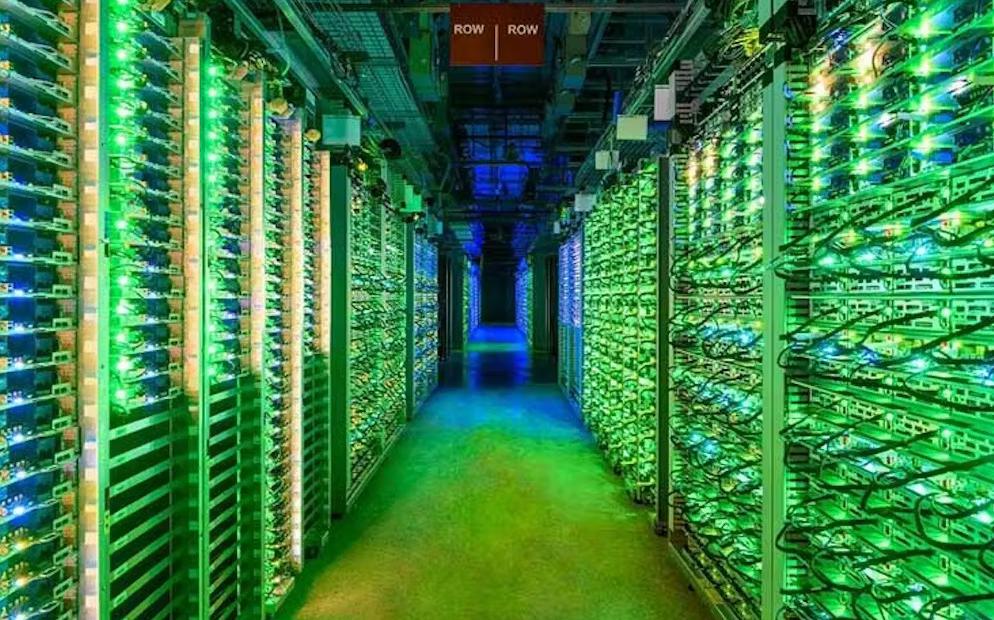Google has initiated an innovative geothermal energy project in Nevada, marking a significant step towards providing clean energy to the company’s data centers. Collaborating with Fervo, a startup specializing in advanced geothermal technologies, Google’s project stands out for its distinctive approach, boasting a capacity of 3.5 MW. To put this in perspective, one megawatt can power approximately 750 homes.
The primary purpose of this project is to contribute electricity to the local grid supporting Google’s data centers located outside Las Vegas and Reno. This endeavor aligns with Google’s ambitious goal of transitioning entirely to green electricity by 2030, reflecting the company’s commitment to sustainable energy practices.
Michael Terrell, Google’s Senior Director of Energy and Climate, emphasized the significance of businesses in advancing such technologies, stating, “We believe businesses have an important role to play in advancing these technologies.”

The geothermal project, underway since 2021, employs a unique methodology distinct from traditional geothermal plants. It involves drilling two horizontal wells, channeling water into fractures in hot rocks. The heated water then resurfaces, transforming into steam in a closed-loop system that prioritizes water reuse—an essential feature in Nevada’s arid climate.
Beyond its collaboration with Google, Fervo’s groundbreaking technology has garnered support from Bill Gates’ investment firm, Breakthrough Energy Ventures, and the US Department of Energy.
Geothermal projects offer a consistent electricity generation advantage over solar and wind farms, which are susceptible to weather and time-of-day variations. Google’s interest in expanding such projects reflects the reliability and sustainability inherent in geothermal energy.
While the specific locations for potential future geothermal power plants remain undisclosed, Google’s commitment to exploring and adopting innovative energy solutions underscores its proactive approach to address the energy consumption challenges posed by data centers, which currently account for about 1% of global electricity production.





Leave a comment